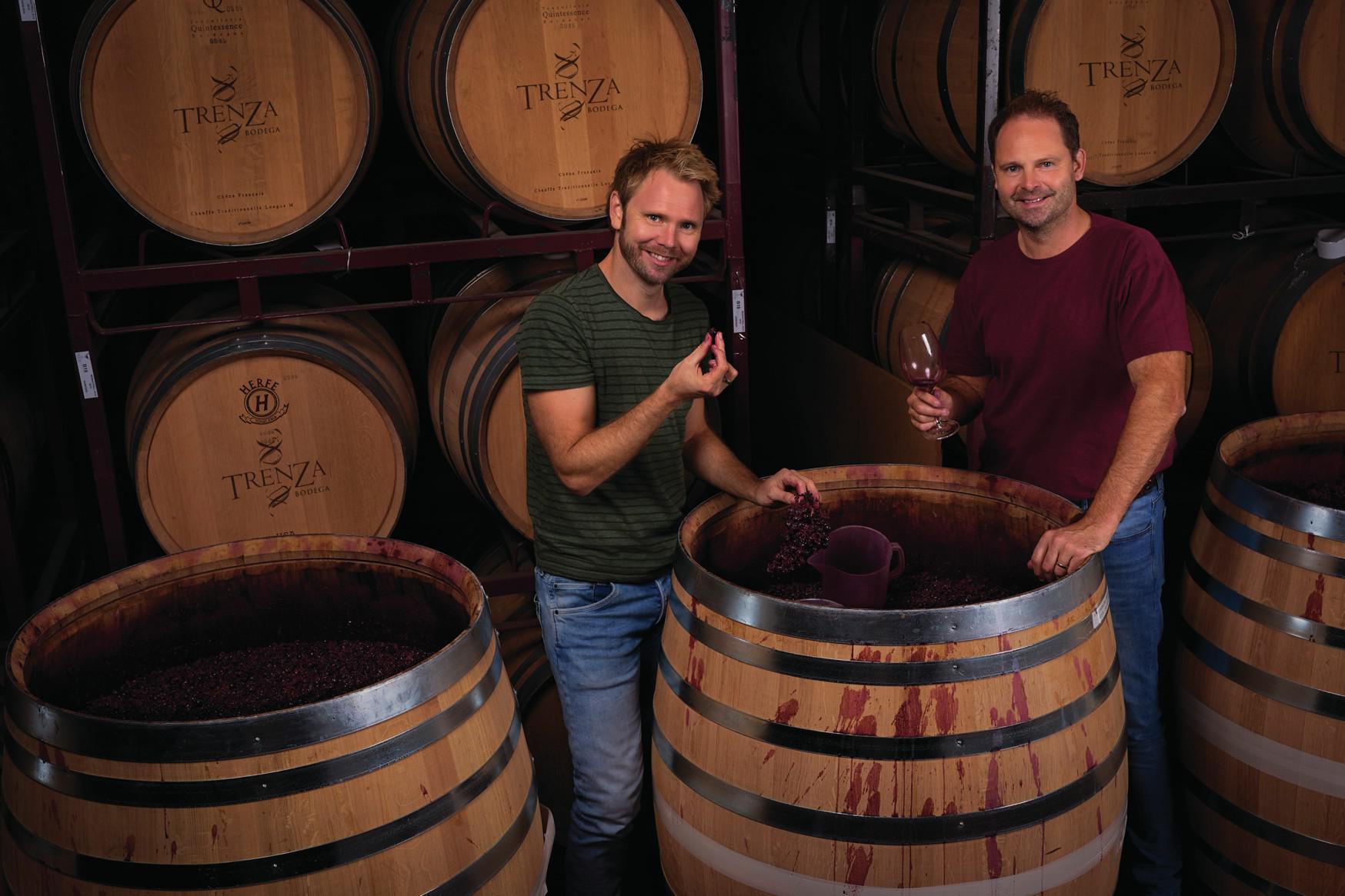This website uses cookies so that we can provide you with the best user experience possible. Cookie information is stored in your browser and performs functions such as recognising you when you return to our website and helping our team to understand which sections of the website you find most interesting and useful.
Tofterup: Better quality precision gives ‘more time for creativity’
Danish winemaker David Tofterup talks to the drinks business about his approach to quality control, helped by wine-analysis company FOSS

DANISH WINEMAKER David Tofterup is on a mission to bring the wines of some of Spain’s exciting smaller regions to a wider audience with Bodegas Trenza, the company he founded and operates with his brother Jonas, Denmark’s first Master of Wine.
Having fallen in love with Spain as a 15-year-old, when his parents moved to the Costa del Sol from Esbjerg, Denmark, Tofterup has spent the past 20 years discovering gems from lesser-known areas in southeast Spain, with its wealth of old Monastrell bush wines, to Yecla, Bullas and Alicante, which he says have “huge potential” and “deserve to be better known”.
“The wines were undervalued there, as many of the wineries were lacking the tech and knowhow – the wines are lovely, but the temperature control was a problem, as they didn’t have cooling units,” he explains. “But that has all changed with investment, and a new generation of young Spanish winemakers has gained experience and made changes to maintain that freshness, which has been a big transition.”
Quality is of huge importance to Tofterup, especially after the company scaled up production in 2019 – previously it relied on external labs to analyse its wines, but the company now uses it own OenoFoss2 wine machine from Danish company FOSS, which Tofterup says has made a massive difference.
Previously, winemakers would decide when to harvest often based purely on the sugar content and the healthiness of the grape, but having in-house equipment gives producers a host of new parameters, such as nitrogen levels, pH levels, total acidity, and the malic acid in the grape to guide them. Using the OenoFoss2 means must and wines can be quickly analysed at any stage of the process, from must during fermentation, wines during malolactic fermentation, finished wines or wine batches during blending trials, which ensures greater consistency between different blends and far quicker decision making.
“Any corrections you need to make during vinification, such as the acidity or pH, can be decided immediately,” Tofterup says. Having this greater degree of precision gives more time for creativity, he adds, which has led the two brothers to work on a range of wines from high-altitude, old-bush vines, many of which are ungrafted, and typically dry-farmed. “This is what I am after; the unique qualities and characteristics these epic vines offer,” he says, “where I can really pour myself into each little detail.”
WINES WITH PERSONALITY
Bodegas Trenza’s “boutique wines with personality“ include reds from Ribera del Jucar on the Spanish Meseta, where the Tempranillo benefits from the cool nights of growing at a higher altitude than the central region of La Mancha. Next year will also see the release of a single-plot high-altitude Monastrell from Yecla.
The brothers are also making small batch white wines (Albillo Mayor) from Ribera del Duero, and an Albariño from Ribeiras Do Morrazo in Galicia, a small peninsular next to the ocean, which boasts some of the region’s most extreme conditions. “We want to keep growing and exploring new regions and new vinification methods,” Tofterup says, pointing out that with the help of state-of-the-art technology and analysis, “the wine industry is changing. It’s becoming extremely dynamic.”

